What data recovery tools to buy if you want to start a data recovery business?
Free video data recovery training on how to recover lost data from different hard drives?
Where to buy head and platter replacement tools at good prices?
Data recover case studies step by step guide
I want to attend professional data recovery training courses
This is not a full review of Hitachi Drives but it will give you a good idea of Hitachi drives.
Hitachi 3.5″ HDD Review
DJNA, DPTA, DTLA, AVER, AVVA, AVVN, AVV2, PLAT, KLAT, DLAT
VLA3, PLA3, KLA3, DLA3, GLAT, SLA3, GLA3, KLSA, VLSA, VLAT, CLA3, ALA3
Hitachi 2.5″ HDD Review
2.5″ HDD manufactured by Hitachi until year 2003. In the end of 2002, Hitachi purchased IBM branch manufacturing hard disk drives and founded HGST – Hitachi Global Storage Technologies Company, which deals with
HDD design and manufacture. HGST at that stopped manufacture of 2.5” HDD designed by Hitachi; instead, it continues further development and manufacture of HDD designed by IBM. Therefore, it is necessary to distinguish two lines of 2.5″ Hitachi drives:
1. Hitachi HDD manufactured before 2003 (Native);
2. Hitachi HDD manufactured after 2003 (IBM).
Hitachi 1.8″ HDD-1.8″ HDD manufactured by HGST and belonging to the C4K40 and C4K60 drive families.
C4K40 /C4K60
Hitachi HDDs have the Microprogram is stored in internal ROM (FLASH memory) of an ARM microprocessor manufactured by Samsung.
In C4K60 drive family the microprocessor is integrated into a Marvel chip in BGA package. The service area on disk
surface has no modules containing portions of the control microprogram (overlays). Head map, HDD model name,
drive capacity and other values are recorded in microprocessor Flash ROM.
HDD service area on disk surface contains the following recorded data: 4 or 6 service modules (depending upon
drive family), S.M.A.R.T. and SelfTest modules. Besides, HDD of AA, BA, CA, and DA drive families use adaptive
data recorded on disk surface, too. In the EA, EB, FA, FB, C4K40, and C4K60 drive families adaptive data are stored in microprocessor Flash ROM. Location of adaptive data determines the opportunities for PCB replacement and actual data recovery if drive PCB fails. Thus, in AA, BA, CA, and DA drive families you can replace the HDD electronics board with another one borrowed from an identical drive model; drives belonging to other families require soldering the microprocessor with Flash ROM over to the new PCB.
The service information is recorded to the following cylinders:
In AA drive family:
Cylinder 0 contains service information modules for all heads.
Cylinders 2, 3 contain just zeros for all heads.
Cylinder 4 contains SelfTest logs.
Cylinder 1 cannot be read (remains unformatted).
User data area begins with cylinder 5.
In BA drive family:
Cylinder 0 contains service information modules for all heads.
Cylinders 2, 4 contain just zeros for all heads.
Cylinder 5 – contains SelfTest logs.
Cylinder 6 is reserved for relocation of defects.
Cylinders 1 and 3 cannot be read (remain unformatted).
User data area begins with cylinder 7.
In FB, FA, EB, EA, DA, CA, C4K40, and C4K60 drive families:
Cylinders 0 and 2 contain service data modules. They contain duplicate copies for heads 0 and 1. Thus, there are 4
opies in all.
Cylinder 4 contains just zeros for all heads.
Cylinder 5 contains SelfTest logs.
Cylinder 7 is reserved for relocation of defects.
Cylinders 1, 3 and 6 cannot be read (remain unformatted).
User data area begins with cylinder 8.
Learn more about hitachi drives here

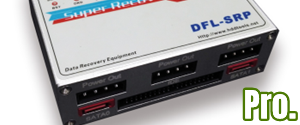
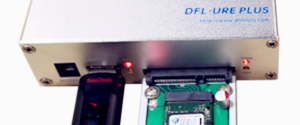
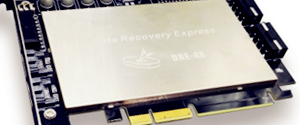

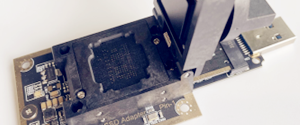
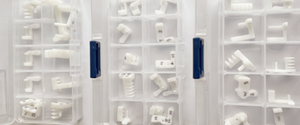
1 Comment
i like it Hitachi Drives Review – facts redemptio recruiting SALON now im your rss reader